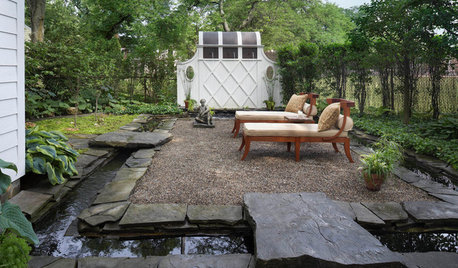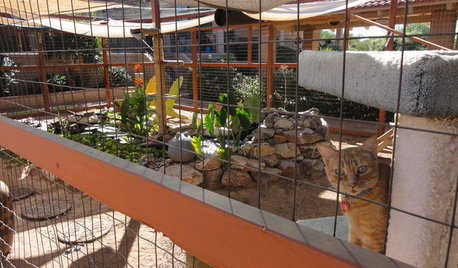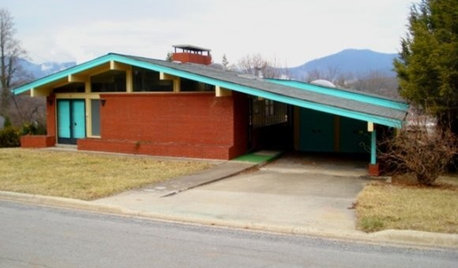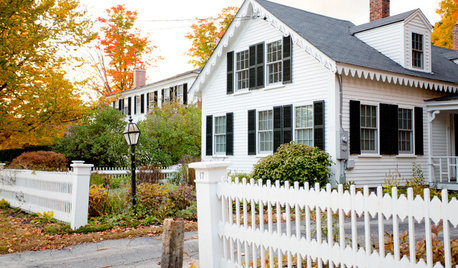Planning to start my first koi pond
lindyjp
13 years ago
Related Stories

LANDSCAPE DESIGNKoi Find Friendly Shores in Any Garden Style
A pond full of colorful koi can be a delightful addition to just about any landscape or garden
Full Story
GARDENING GUIDES10 Tips to Start a Garden — Can-Do Ideas for Beginners
Green up your landscape even if you're short on time, money and knowledge, with these manageable steps for first-time gardeners
Full Story
PATIO OF THE WEEKKoi Glide Around a Tranquil Garden's Moat
This idyllic retreat combines lush plantings, statues and moving water for a serene backyard scene
Full Story
GARDENING FOR BUTTERFLIESA Quick-Start Guide to Bird-Watching for Fun and Learning
Set out some seed and grab your field guide. Bird-watching is an easy, entertaining and educational activity for the whole family
Full Story
HOUSEPLANTSHow to Grow Orchids Indoors
Orchids are the exotic aristocrats of the flower world and can make themselves comfortable in almost any home
Full Story
PETSSee a Deluxe 'Catio' Built for Feline Fun
Sixteen lucky cats get the run of a protected outdoor patio with ramps, steps and even a koi pond
Full Story
GARDENING AND LANDSCAPINGHow to Make a Pond
You can make an outdoor fish paradise of your own, for less than you might think. But you'll need this expert design wisdom
Full Story
GARDENING GUIDESWhat Are Your Spring Gardening Plans?
Tearing out the lawn? Planting edibles? Starting from scratch? Tell us what you plan to change in your garden this year
Full Story
REMODELING GUIDESHouzzers to the Rescue: Users Solve Design Dilemmas
The proof is in the painting — and the pond. As Houzz users hit 100,000 discussions, see some of the results of their advice and ideas
Full Story
MONTHLY HOME CHECKLISTSTo-Dos: Your November Home Checklist
Winterize your home and yard, and make a game plan for the holidays
Full StoryMore Discussions







nkm56
sleeplessinftwayne
Related Professionals
Edmond Landscape Architects & Landscape Designers · Rancho Palos Verdes Landscape Architects & Landscape Designers · Waunakee Landscape Architects & Landscape Designers · Paradise Landscape Architects & Landscape Designers · Belvedere Park Landscape Contractors · Fort Myers Landscape Contractors · Indianapolis Landscape Contractors · Plantation Landscape Contractors · Pleasanton Landscape Contractors · Pompano Beach Landscape Contractors · San Antonio Landscape Contractors · Shirley Landscape Contractors · Tigard Landscape Contractors · West Covina Landscape Contractors · Baileys Crossroads Landscape Contractorsnkm56
curb1
mike_il